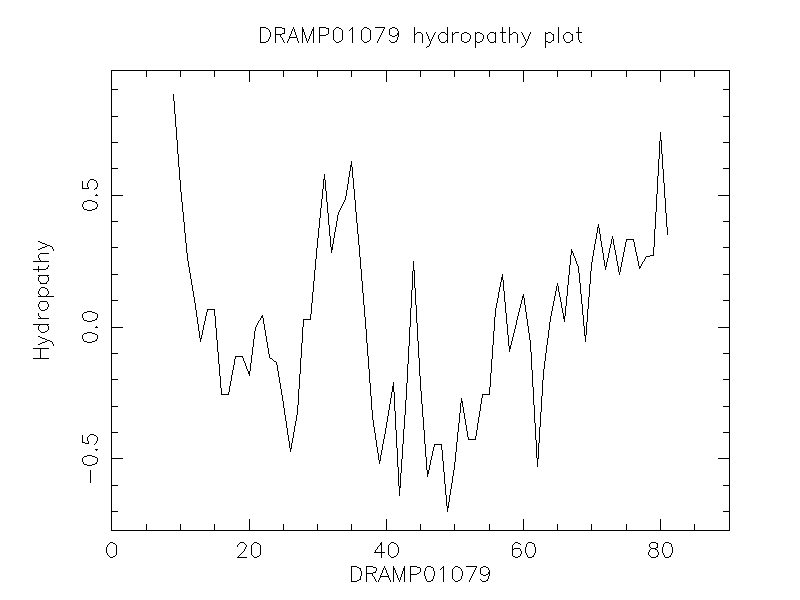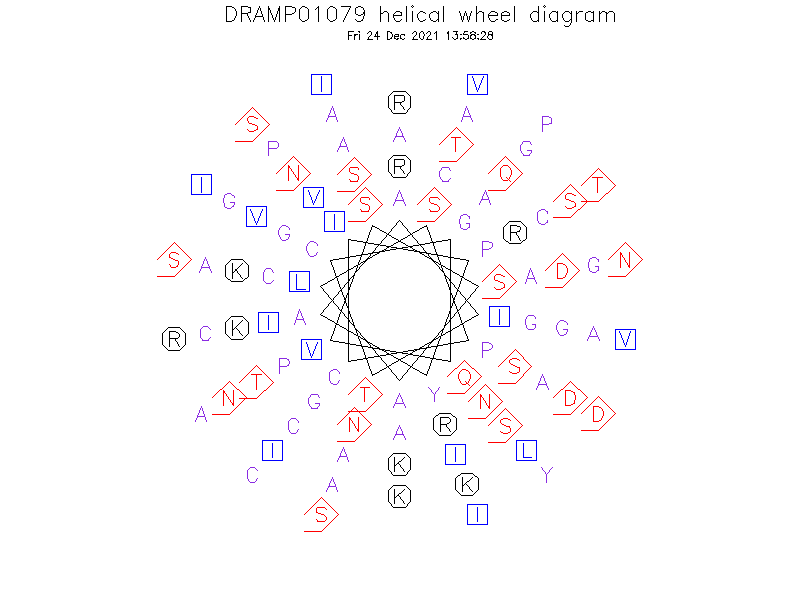General Information
-
DRAMP ID
- DRAMP01079
-
Peptide Name
- Non-specific lipid-transfer protein (Plants)
-
Source
- Secale cereale (Rye)
-
Family
- Belongs to the plant LTP family
-
Gene
- Not found
-
Sequence
- AITCGQVSSALSPCIPYARGNGANPSAACCSGVRRIAGAVQSTADKKTACNCIKRAAGGLNAGKAADIPSKCSVSIPYAINPSVDCSTIR
-
Sequence Length
- 90
-
UniProt Entry
- Q155V1
-
Protein Existence
- Homology
Activity Information
-
Biological Activity
- Antimicrobial
-
Target Organism
- No MICs found in DRAMP database
-
Hemolytic Activity
-
- No hemolysis information or data found in the reference(s) presented in this entry
-
Cytotoxicity
-
- Not included yet
-
Binding Target
- Lipid-binding
Structure Information
-
Linear/Cyclic
- Not included yet
-
N-terminal Modification
- Not included yet
-
C-terminal Modification
- Not included yet
-
Nonterminal Modifications and Unusual Amino Acids
- Not included yet
-
Stereochemistry
- Not included yet
-
Structure
- Not found
-
Structure Description
- Not found
-
Helical Wheel Diagram
-
PDB ID
- None
-
Predicted Structure
- There is no predicted structure for DRAMP01079.
Physicochemical Information
-
Formula
- C372H625N117O121S8
Absent Amino Acids
- EFHMW
Common Amino Acids
- A
Mass
- 8929.25
PI
- 9.22
Basic Residues
- 10
Acidic Residues
- 3
Hydrophobic Residues
- 31
Net Charge
- +7
-
Boman Index
- -104.63
Hydrophobicity
- 0.104
Aliphatic Index
- 77.22
Half Life
-
- Mammalian:4.4 hour
- Yeast:>20 hour
- E.coli:>10 hour
Extinction Coefficient Cystines
- 3480
Absorbance 280nm
- 39.1
Polar Residues
- 38
DRAMP01079

Comments Information
Function
- Plant non-specific lipid-transfer proteins transfer phospholipids as well as galactolipids across membranes. May play a role in wax or cutin deposition in the cell walls of expanding epidermal cells and certain secretory tissues (By similarity).
Literature Information
- ·Literature 1
-
Title
- Ordered surface carbons distinguish antifreeze proteins and their ice-binding regions.
-
Pubmed ID
- 16823370
-
Reference
- Nat Biotechnol. 2006 Jul;24(7):852-855.
-
Author
- Doxey AC, Yaish MW, Griffith M, McConkey BJ.

